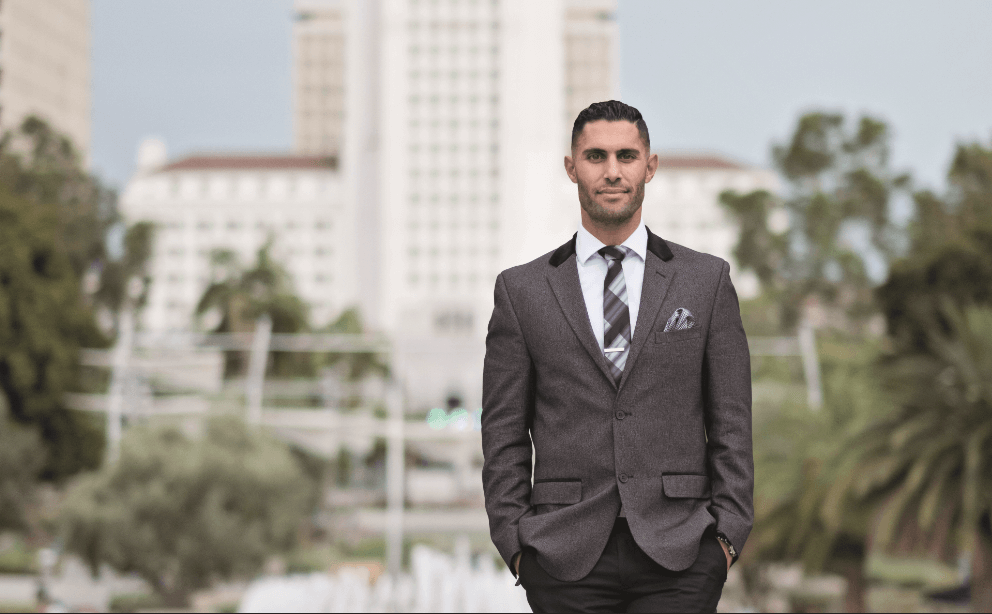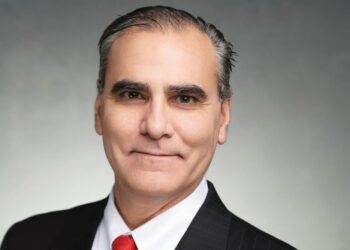Expert witnesses have played an integral role in the judicial system for hundreds of years. They can be traced as far back as 1782, when the well-known British civil engineer, John Smeaton appeared before an English court on a case relating to the silting-up of the harbor at Wells-next-the-Sea in Norfolk, England. Naturally, as science and technology continue to rapidly advance, experts become even more necessary and, accordingly appear more frequently.
Contrary to what television dramas imply, these experts offer testimony not to elicit that climatic aha moment, but rather to assist the judge or jurors in deciphering complex technical issues at hand. History will attest that expert evidence is often the most important component of trials, whether civil or criminal. Common evidence in criminal trials includes fingerprint examination, blood analysis, and DNA evaluations. Civil cases often rely upon such experts as forensic engineers, forensic accountants and accident analysts.
Based on the diverse academic backgrounds of its staff and applied scientific rigor, one of the most utilized sources of expert testimony is the National Biomechanics Institute. NBI’s team of interdisciplinary academic, research and professional partners, staff and affiliates perform in-depth scientific research and analyses, as well as rapid-response evaluations.
Providing consultation and expert testimony in accident reconstruction, biomechanics, human factors, and medical analysis, NBI experts are also called upon by designers and manufacturers for their research and expertise in the area of product development.
“Most experts in biomechanics and particularly accident reconstruction come from more of a fundamental engineering background,” explains Dr. Rami Hashish, who serves as a principal at NBI. “I come from more of a clinical background. This allows me to opine on matters regarding physiology and anatomy as they pertain to injury which others may not be as comfortable with.”
Hashish holds two doctorate degrees—a doctorate of physical therapy from the University of Washington School of Medicine and a Ph.D. in biomechanics from the University of Southern California. He also holds a diploma in traffic crash reconstruction for the forensic engineer from Northwestern University and is a certified slip and fall tribometrist.
Specializing in the science of determining causes of injury across a variety of settings, including, motor vehicle accidents, slip, trip, and fall events, workplace environments, and athletic participation, Hashish’s primary research focus is in human injury and performance biomechanics. He also has experience with human factors and medical imaging, examining the effects of dual tasking in both neurologically intact and impaired individuals, and conducting cadaveric and computational studies on the foot and calf.
“After completing my PhD, I worked for a large national firm that does a lot of work on behalf of car companies,” says Hashish. “A byproduct was that I was limited in regards to the cases I could take. Ultimately, I wanted more autonomy as an expert.”
Building with Diversity
In less than two years, NBI has seen remarkable growth, due primarily to the diversity and expert skill set of each member of the team. This translates into a robustness of capabilities that NBI can provide, priding itself on being able to investigate any injury or accident from A to Z.
“Our biomechanical analysis involves scientific evaluation of human movement and loading during a dynamic event,” explains Hashish, “and the evaluation of that movement for purposes of assessing injury mechanics and injury potential. We examine the relationships between the forces applied to the human body, the motions of the human body and the physical or mechanical damage to structures of the body. Our purpose is to relate these forces and motions to conditions that are diagnosed by medical personnel.”
While there are certainly a plethora of individuals and firms across the country who can offer expert testimony in one specialized field or another, what sets Dr. Hashish apart is his remarkably diverse background. He not only serves as a principal at NBI but also, as a clinical instructor at USC, and previously conducted medical correspondence work for Dignity Health as well as popular magazines, The Running Times and Runner’s World. As part of his role at USC he has participated in more than 100 human cadaver dissections.
According to Hashish, the diversity in skill set is common among all NBI employees and affiliates. “Everybody we bring on has a diverse skill set,” he says, “with myriad capabilities. That comes down to even the front office staff. Our executive assistant, for instance, is a medical assistant who has a background in accounting. We see that bringing on individuals with a diversity in skill set not only helps the company to grow and flourish, but also engenders accountability.
“It ultimately comes down to the question, ‘Why are we all here?’” he continues, “And that’s to use science to reveal the right side of justice. That’s an important task that we don’t take lightly. To ensure scientific validity in approach, we need to rely on individuals and experts with differing skill sets and approaches to a problem. And it’s really through that interdisciplinary, team approach that helps us address those challenging questions — questions that may determine the outcome of a case.”
Hashish says he was drawn to this field of research because of a life-long interest in consulting and helping people.
“I initially went into school to pursue my clinical doctorate of physical therapy because I wanted to treat patients and help them recover from their injuries. Yet during that process, I realized my passion for the question, ‘Why? — Why do people get injured? Why does someone hurt their ankle playing basketball or strain their back in a car accident? So ultimately, I decided to pursue my PhD — and accordingly, get involved in research — in order to develop an intimate understanding of injury causation. I wanted to get at the heart at why people were getting injured in the hopes of developing injury prevention strategies, as opposed to waiting around for them to get injured.”
To clarify the type of research he’s involved in, Hashish offered three examples which effectively highlight the diversity in the approach.
“Currently, I’m working on a technological solution that helps track real-time injury potential during basketball participation. In fact, in January 2018, I’ll be on a panel alongside the director of sports performance for the Olympics, among others, discussing the evolution of sports technologies and their ability to track injury potential in real-time.
“I’ve also recently published a paper in collaboration with colleagues at Exponent, on the influence of mobile device use on slips, trips, and falls,” he adds. “As expected, we found that when individuals are texting, they have a higher likelihood of tripping when ascending or descending stairs.
“Another paper I recently published alongside a local pain management doctor examines the relative frequency of cervical and lumbar pathology across common motor vehicle collision type.”
Detectives at Work
The standard M.O. for NBI experts when called upon is to begin by swiftly investigating the scene following an accident utilizing professional photography, videography, and depending on the case, 3-D scans and drone footage. As part of the accident reconstruction, NBI scientists utilize the data collected and analyzed from the scene investigation to develop detailed renderings, and often, video simulations with Virtual Crash software. NBI also utilizes illustrators, allowing for detailed yet cost-effective preparation of images when necessary. The series of photographs, videos, drawings and animations make for dynamic trial exhibits that any jury could appreciate. These visual aids often mean the difference in an otherwise controversial or highly complex case.
Despite the indisputable expertise and incredible capabilities of the NBI staff, Hashish says they never hesitate to call upon outside experts when necessary. “I really believe what sets us apart is our relationships. If it helps in answering a question, we will absolutely not hesitate to reach out to other experts. This willingness to collaborate really helps in creating a cool, unique synergy within the field, and support the holistic approach to analysis that we really value.
“We have excellent working relationships with other people within the field,” he adds. “For instance, we work very closely with MotionLit. So, on any case where the attorney requires not just the reconstruction but also a full-blown animation of the accident and/or injury, then we’ll work with them directly to help produce an animation that is scientifically accurate. And considering the age-old adage, ‘a picture is worth a thousand words,’ you can only imagine the effect a 3-D animation has on a jury.
It’s important to note that simply providing animation does not constitute admissible evidence. This is a ruling for obvious reasons; anyone can contract an animator to create his or her version of what happened in any given circumstance, therefore only those produced under the strict supervision of an approved and acknowledged scientific expert constitutes admissible reconstruction portrayals.
“We conduct the full reconstruction and biomechanical analysis beforehand,” says Hashish, “and subsequently oversee the creation of the animation to ensure it’s truly representative of the actual math and science. In doing so, we eliminate the potential for inaccuracies. We work until all components are absolutely representative of the accident in question and is steeped in scientific research.”
Combining in-depth research with the most technologically advanced visual depictions has made Dr. Hashish and NBI one of the premier consulting and expert testimony firms in the country, and certainly the go-to experts for local attorneys. The work they produce, backed by solid scientific and medical data truly gives credence to their tagline:
Where science eliminates skepticism.








